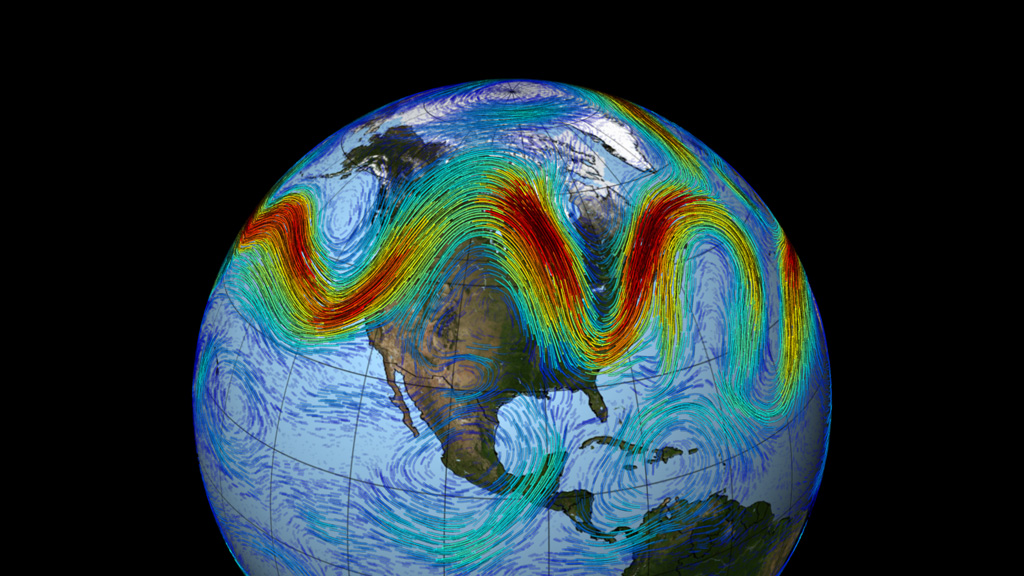When you hear the term global warming, it conjures an image of something akin to turning the thermostat up on the planet—a gradual, steady, uniform increase in temperature—but the reality is more complicated. Of course there are the direct and obvious effects of warmer air and warmer water, i.e. droughts, heat waves, stronger coastal storms, and heavier downpours. But there are also a whole host of follow-on effects that arise because heating things up changes the actual mechanics of the climate system and how it works, including the way storm tracks move and develop, the speed and location of the jet stream, and other changes in wind and pressure systems. The dynamics of the climate are changing and leading to some wild and crazy weather—deep freezes from southern incursions of Arctic air, extended droughts, massive floods, and longer heat waves.
Some of these notable weather events are extreme precisely because they are so persistent. One day of heavy rain may not be a problem, but multiple days of rainfall are an issue when saturated soils lead to flooding. Likewise, hitting a new record high temperature may just be an interesting statistic, but a long heat wave can have real costs for energy use and human health. The record rain and flooding from Hurricane Harvey or the hot, dry, and fire-prone conditions in California in summer 2018 are recent examples of what happens when slow-moving or stalled weather systems sit in one place for a while.






 Back to all
Back to all
